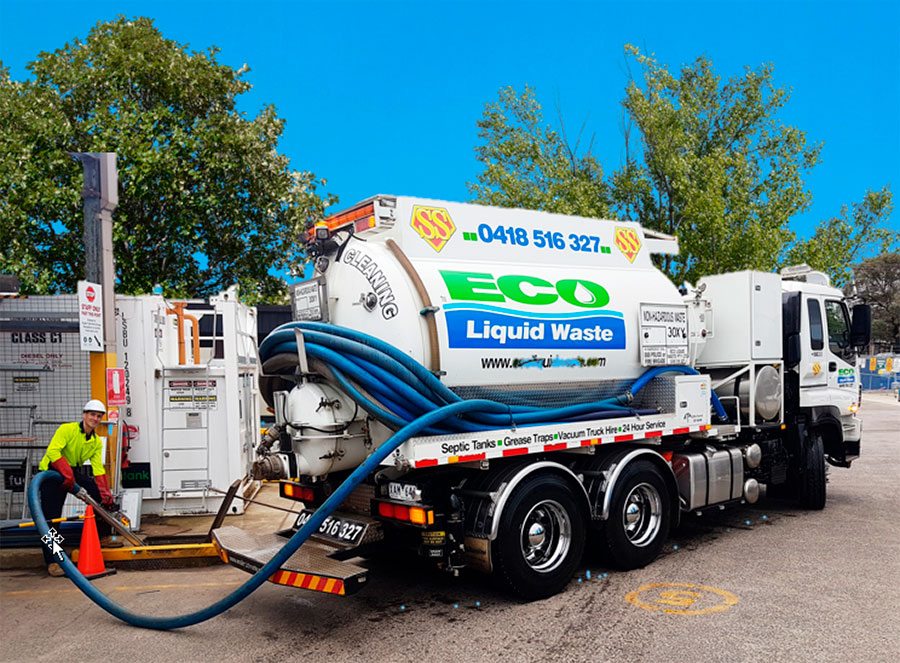Our Reclaim Waste Statements
Our Reclaim Waste Statements
Blog Article
Some Ideas on Reclaim Waste You Should Know
Table of ContentsWhat Does Reclaim Waste Do?Some Of Reclaim WasteThe Ultimate Guide To Reclaim WasteNot known Facts About Reclaim WasteReclaim Waste Things To Know Before You Buy
Discover the kinds, occurrences, and forms of liquid waste. Residential sewer waste refers to the waste and products from a household septic system. This sort of waste is produced by people in houses, colleges, and various other structures. This only consists of sewage-disposal tanks that have a drain area. The appropriate management and disposal of residential sewer waste require fluid waste to be transferred to a sewage therapy plant where the correct techniques and equipment are related to detoxify and throw away waste.
Industrial waste usually consists of prospective threats, such as combustible products or a mixture of liquid and solid waste products, and requires an advanced and in-depth disposal process. The disposal of industrial waste generally includes the filtering of waste prior to transportation to ensure risk-free and proper disposal. Industrial waste is developed from byproducts and overflow of commercial processes and manufacturing.
This sort of waste can not use the exact same sewage management transport or processes as septic or industrial liquids. The hazardous waste monitoring process requires the assessment and screening of fluid waste before it undertakes the disposal process (liquid waste removal). Drainage waste is the liquid waste that comes from overflow and excess stormwater in very inhabited locations or cities
Drainage waste can cause contamination and flooding if not dealt with appropriately. Ensuring correct waste administration can stop catastrophes and minimize environmental injury.
Not known Incorrect Statements About Reclaim Waste
Contact PROS Providers today to find out about our waste administration and disposal services and the appropriate methods to take care of the liquid waste you generate.
(https://reclaimwaste1.wordpress.com/2024/11/12/efficient-liquid-waste-disposal-in-melbourne-reclaim-wastes-expert-solutions/)This supposed 'wastewater' is not only a vital resource but, after treatment, will be launched to our land, waterways or the ocean. Made use of water from toilets, showers, bathrooms, cooking area sinks, washings and commercial processes is known as wastewater.

water utilized to cool equipment or tidy plant and tools). Stormwater, a type of wastewater, is runoff that moves from farming and urban locations such as roof coverings, parks, yards, roads, courses and seamless gutters into stormwater drains pipes, after rainfall. Stormwater streams without treatment straight to local creeks or rivers, eventually getting to the ocean.
Everything about Reclaim Waste
In Queensland, the majority of wastewater is dealt with at sewage treatment plants. Wastewater is delivered from residential or industrial websites via a system of sewers and pump terminals, recognized as sewage reticulation, to a sewer treatment plant. Local governments develop, maintain and run most sewage treatment plants. Operators are licensed under the Environmental Management Act 1994 to release treated wastewater at an acceptable ecological requirement into rivers.
The Division of Natural Resources suggests regional governments regarding handling, operating and keeping sewerage systems and therapy plants. In unsewered areas, local federal governments might need homeowners to install specific or house sewage therapy systems to treat domestic wastewater from commodes, cooking areas, restrooms and washings. The Department of Natural Resources authorises the use of house systems when they are shown to be efficient.
In some new communities, treatment of some stormwater to eliminate clutter, sand and gravel has begun using gross contaminant traps. Wastewater treatment takes place in 4 phases: Eliminates solid matter.
Makes use of little living organisms recognizes as micro-organisms to damage down and remove staying liquified wastes and fine particles. Micro-organisms and wastes are integrated in the sludge.
7 Easy Facts About Reclaim Waste Shown
Nutrient removal is not readily available at all sewer treatment plants due to the fact that it requires expensive specialised devices. It is coming to be extra typical in Queensland. Clear liquid effluent produced after therapy may still contain disease-causing micro-organisms. If this effluent is released into waterways such as rivers or the sea, the micro-organisms will ultimately pass away out.

Most wastewater flows right into the sewerage system. Under the Act, neighborhood federal governments administer authorizations and permits for eco appropriate activities (Periods) entailing wastewater launches that may have a local impact.
8 Easy Facts About Reclaim Waste Described
Otherwise, examples are taken for lab analysis. Typically check numerous tests are required to develop the degrees of each of the different pollutants such as oils, heavy steels and chemicals in water. Surveillance provides valid info concerning water high quality and can confirm that licence conditions are being fulfilled. The info acquired via surveillance provides the basis for making water high quality decisions.
Report this page